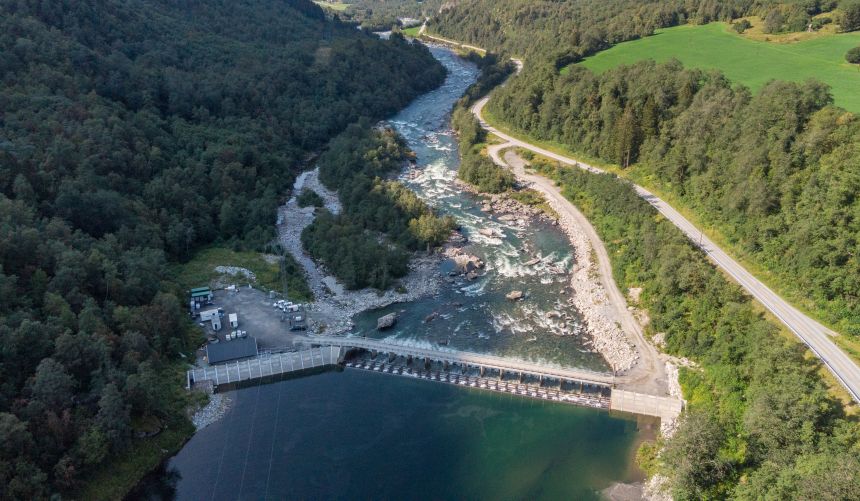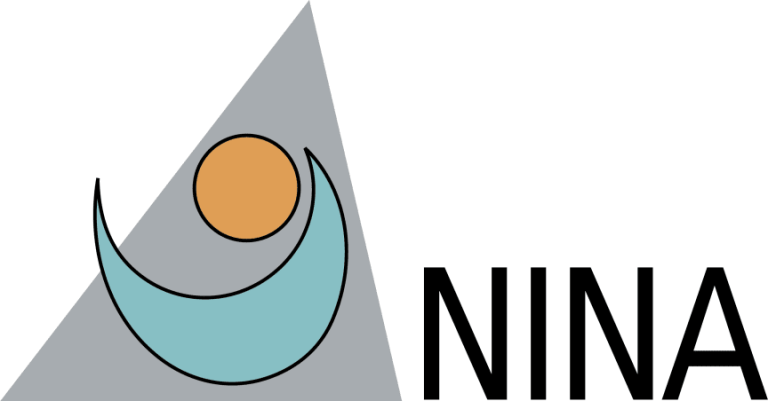Gyroklor
The Gyrochlorine project is a collaboration between NIVA, the Norwegian Institute for Nature Research (NINA) and the Norwegian Veterinary Institute.

About the project
The Gyrochlorine project is a collaboration between NIVA, the Norwegian Institute for Nature Research (NINA) and the Norwegian Veterinary Institute. The aim of the project is to help eradicate the salmon parasite Gyrodactylus salaris from infected Norwegian rivers. The parasite is a major threat to Atlantic salmon (Salmo salar) in Norway, and the government has decided that it must be eradicated from Norway. Traditionally, the parasite has been removed from salmon using CFT-legumin (rotenone), which also removes the fish population, but other methods have also been developed to remove the parasite. One of these methods involved the use of aluminium, which was used to treat the parasite in Lærdalselva.
More recently, a treatment method has been developed that uses chlorine, a substance that is more useful than aluminium. After developing the method over several years, it was decided that the chlorine method should be used in the treatment of Driva near Sunndalsøra in Møre og Romsdal county, together with rotenone in stagnant and slow-flowing water bodies. NIVA, together with NINA and the Norwegian Veterinary Institute, are collaborating on treatments against G. salaris where the chlorine method is used.
Driva watercourse
After major national efforts using CFT-legumine (and aluminium in Lærdalselva), there are currently only two infected watercourses in Norway remaining, the Driva and Drammen regions. The Driva river in Sunndalsøra is the first watercourse where the entire salmon-bearing stretch is treated with the chlorine method. The treatment of Driva started in 2021 with a small trial dosing. In 2022, the project carried out the first full-scale treatment in the main river Driva and adjacent Litldalselva, as well as associated tributaries. In the autumn of 2023, the last full-scale treatment was carried out, including an additional treatment section at Mågålaupet near Oppdal. In 2024, a supplementary treatment is planned for the main course of the River from Mågålaupet to the outlet into the sea at Sunndalsøra.
Project partners


External team members




 Anders Gjørwad Hagen
Anders Gjørwad Hagen
 Elise Solheim Garvik
Elise Solheim Garvik
 Peter Stig Hansen
Peter Stig Hansen
 Anne Luise Ribeiro
Anne Luise Ribeiro
 Geir Olav Solberg
Geir Olav Solberg
 Björn Fridqvist Nimvik
Björn Fridqvist Nimvik
 Bjørnar Andre Beylich
Bjørnar Andre Beylich
 Liv Randidatter Lang-Ree
Liv Randidatter Lang-Ree